Towards a smart and sustainable grid
130 million is the number of mobile customers worldwide that Viettel serves with a network of hundreds of thousands of base stations. In the Vietnamese market alone, with a market share of more than 56%, Viettel has more than 80% of subscribers using 4G. 3 years ago, this rate was only 35%. The transition from 4G to 5G is expected to happen even faster, the Global System for Mobile Communications Association (GSMA) estimates that the number of 5G subscribers will account for 50-60% before 2025.
The rapidly increasing demand for continuous use requires the expansion of network infrastructure or the density of transmission stations to become denser. This is also the reason why the Mobile World Congress (MWC) 2024 set one of the discussion topics as “Connecting Everything”, how to develop sustainable networks to ensure user safety and minimize environmental impact. As the only representative of Vietnam attending the event, Viettel brought Autonomous System - an automated, safe and energy-saving network operation system.
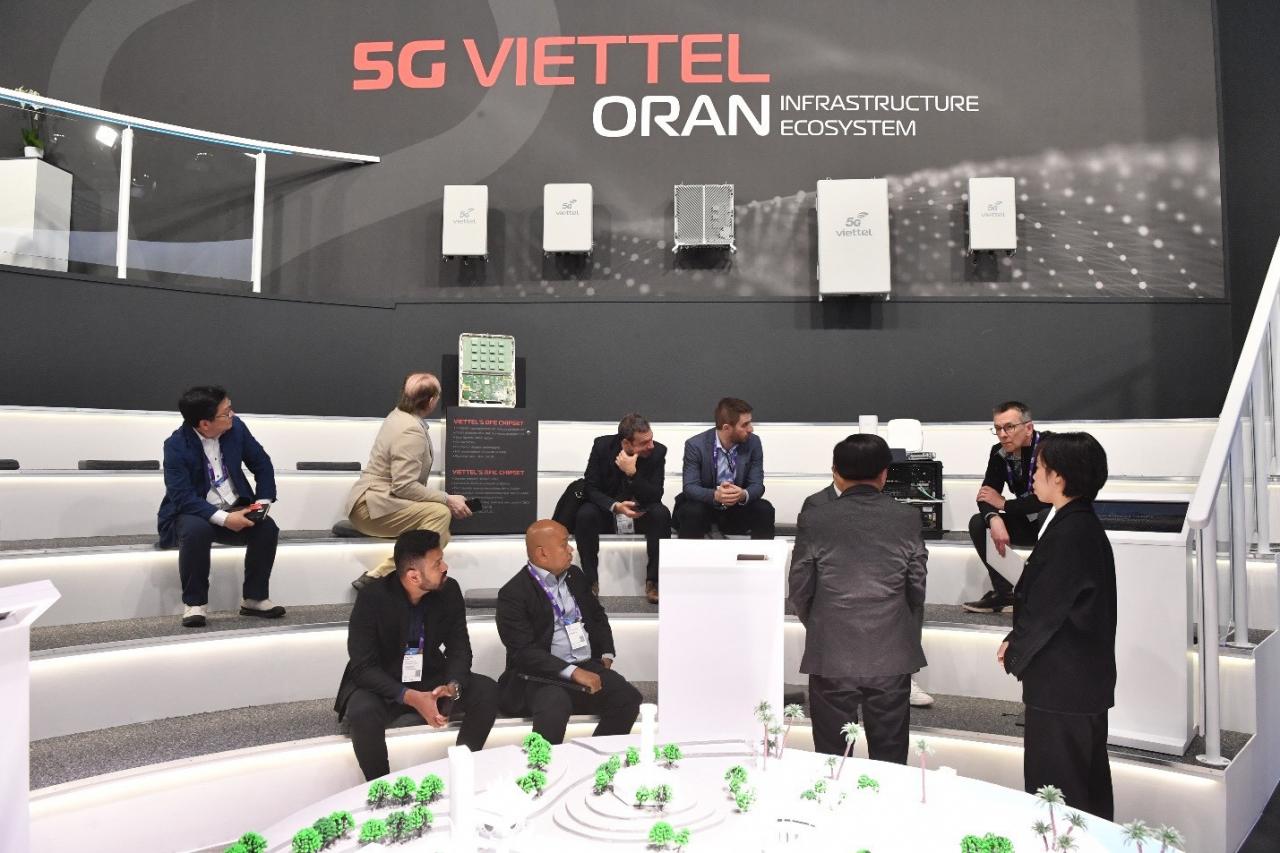
“Viettel operates a network spanning 11 countries, with about 100,000 stations. At such a large scale, to ensure the network has good quality and is optimized, it is necessary to automate and make the network smart,” said Mr. Nguyen Duy Hung, Station Equipment Engineer at Viettel Networks. According to surveys by Ookla and Umlaut in 2023, Viettel is the fastest mobile network in Vietnam; its coverage is also 10% higher than the second place.
Solutions to change the way BTS stations are operated and maintained
In addition to fiber optic cables and large technical centers, the telecommunications network is made up of base transceiver stations (BTS). These are “communication” devices, transmitting and receiving signals with the terminal device in the hands of users. Wherever the BTS is built, the network operator’s services are provided, in the case of Viettel, almost the entire territory of Vietnam and in 10 foreign markets.
Previously, BTS stations required 24/7 monitoring personnel to promptly handle arising situations or go to the site to maintain the system, making it difficult to maintain stations in remote areas. Now, with the Autonomous System, Viettel's BTS stations do not need personnel on duty to operate and maintain but still ensure high performance and no errors. This is also the system that ensures each call and mobile data is seamless and stable, from highland areas such as Yen Minh, Ha Giang to island districts such as Truong Sa.
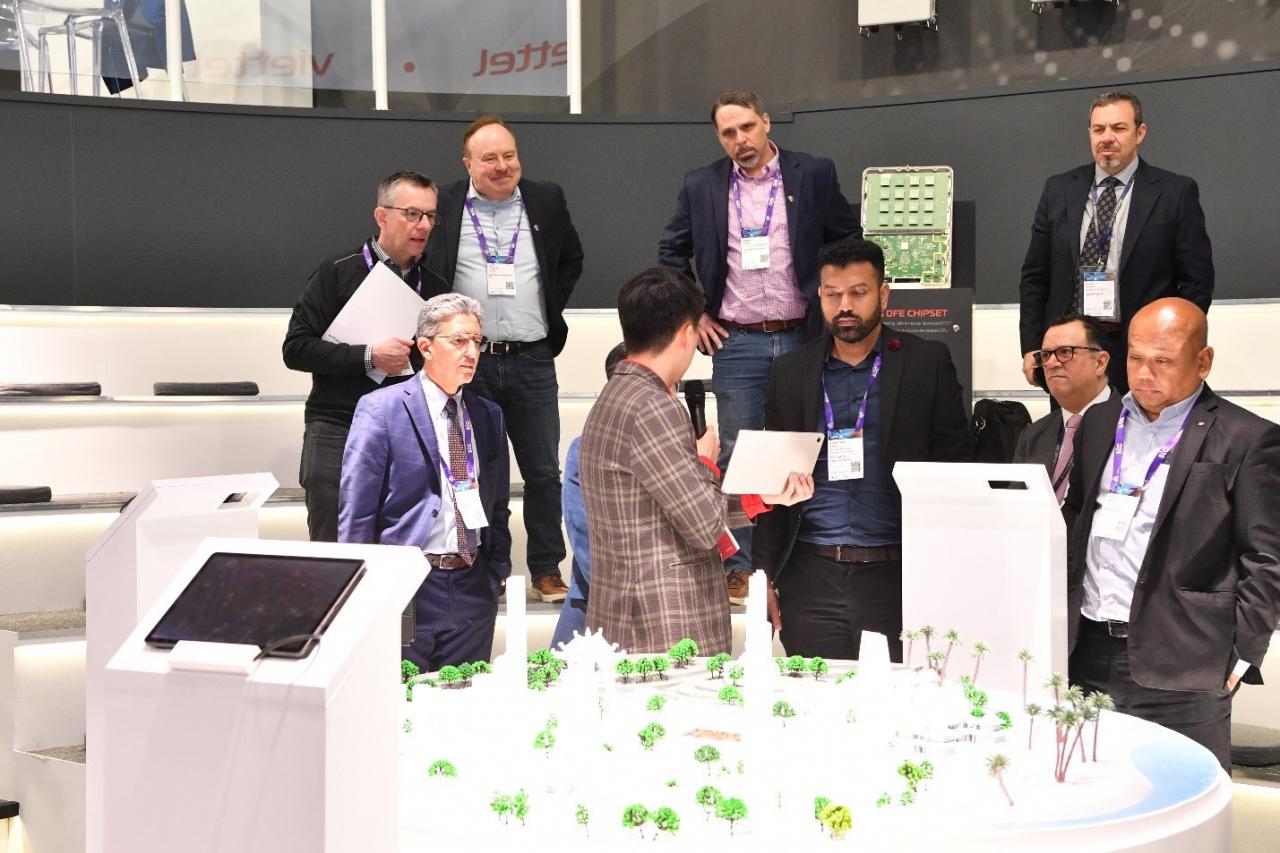
The Autonomous System consists of three products: the automatic optimization system for telecommunications station mechanical and electrical infrastructure (SON M&E), the coverage quality optimization system (x-Optimization) and the automatic fault handling system (vFCR), which have changed the way BTS stations are operated and maintained.
Previously, if the main power source of the BTS station was suddenly cut off, it would lead to service interruption. SON M&E is a system that automatically switches to a backup power source, ensuring that the station continues to operate normally without interruption. For areas without grid power, SON M&E increases the station's energy efficiency, extends the Lithium battery's operating time by 20% compared to the average, limits the use of gasoline generators and is estimated to reduce emissions by about 1,000,000 tons of CO2 per year, equivalent to planting 17,000,000 trees.
“Power consumption is increasingly becoming more important than pure performance in determining whether a device can be applied or not,” said Dan Rodriguez, General Manager of Intel Network Platforms Group, at Viettel’s booth at MWC 2024.
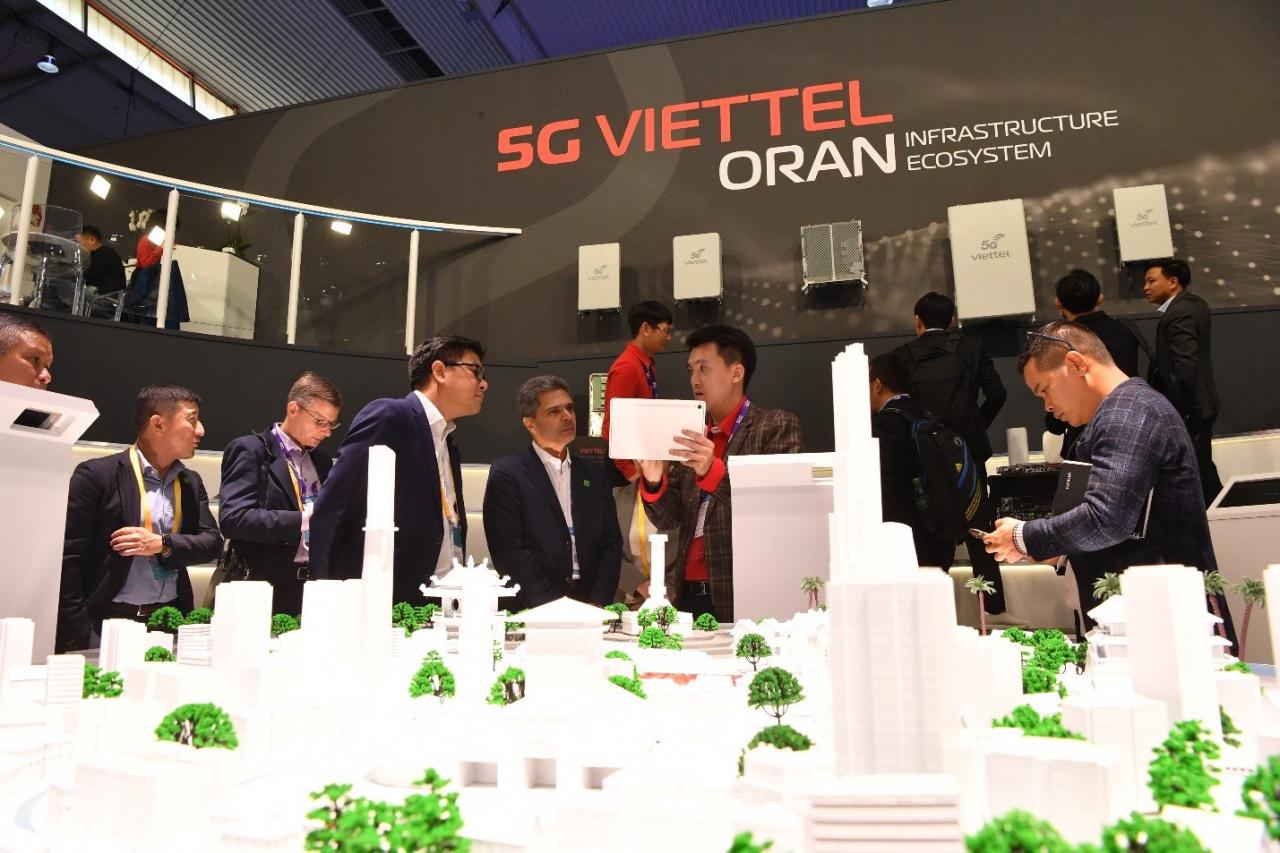
Combining three solutions, the Autonomous System creates an automated, high-performance infrastructure that helps address environmental concerns as telecommunications networks continue to expand.
“Viettel pays special attention to creating environmentally friendly solutions and products, contributing to sustainable development for Vietnam and the world,” said Nguyen Dinh Chien, Deputy General Director of Viettel Group, at MWC 2024.
“Viettel’s broadcasting stations are installed all over the country, even in forests, borders, and islands. Previously, every time it was time for inspection, engineers had to spend nearly a day going through forests, rivers, and seas to each station. But now, just sitting in the control room, all the optimization is done by SON M&E in a few minutes,” said Mr. Do Van Tuan, BTS Electromechanical Engineer at Viettel Networks.
X-Optimization (XO) optimizes coverage quality, overcoming the phenomenon of weak signals in some areas while overlapping in others. Using machine learning algorithms, XO automatically adjusts direction and angle, optimizing coverage in real time. Without this technology, engineers would have to take turns on duty 24/7.
“XO handles weak signal issues in just a few seconds, even in countries thousands of kilometers away from Vietnam, like Mozambique,” said Mr. Hung.
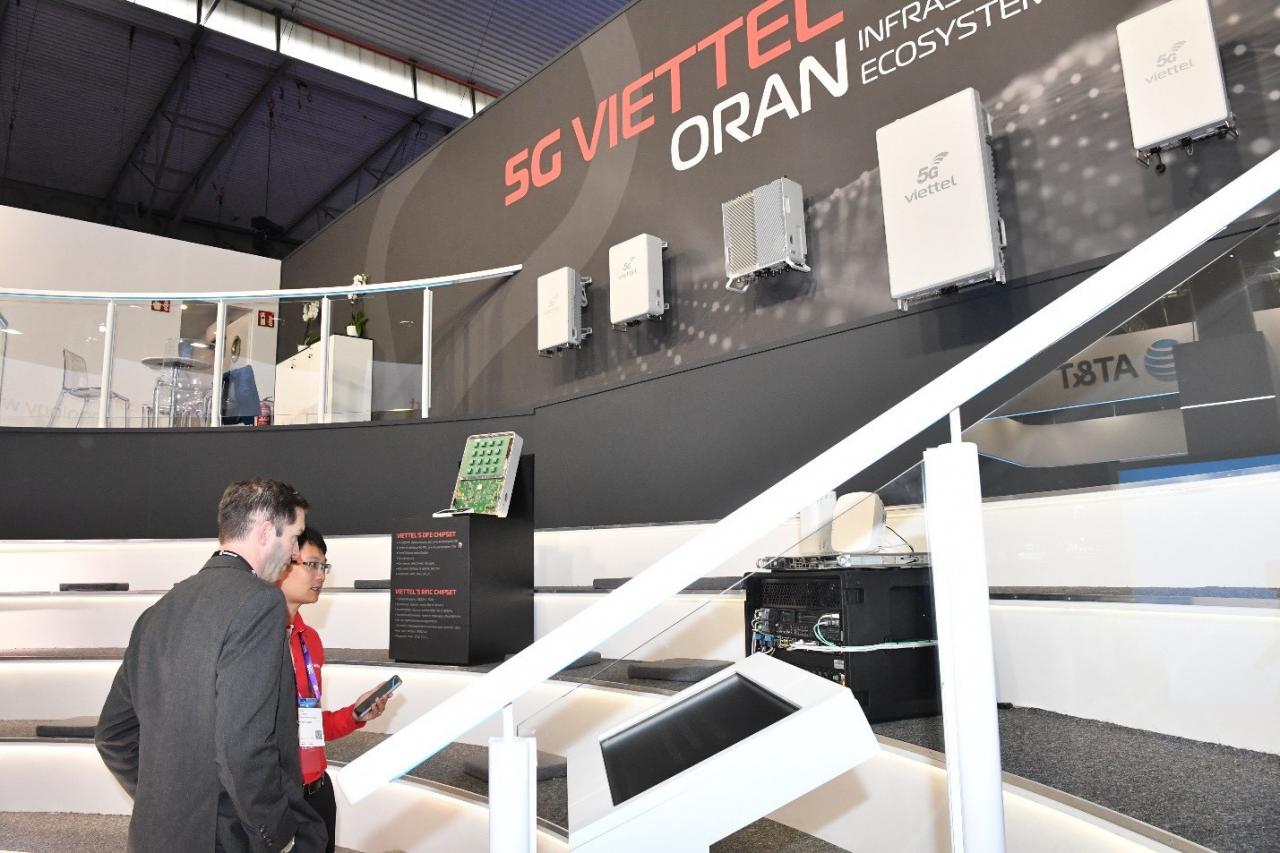
While performance and coverage are guaranteed, BTS still faces errors that arise during operation. “When developing vFCR, the most important goal is to ensure stability and seamless user experience no matter where, when,” said Mr. Tran Van Quy, Software Development Engineer at Viettel Network.
vFCR analyzes data to predict possible error scenarios and is ready to handle them when they arise. The time to handle incidents from detection is shortened to 1-2 minutes instead of 15-30 minutes as before. "Errors that arise are resolved immediately by vFCR, and users hardly notice any interruption in voice services or Internet access," said Mr. Quy. In 2023 alone in the Vietnamese market, vFCR automatically handled more than 370,000 warnings, achieving a success rate of more than 90% with less than 20 engineers.
Bich Dao
Source


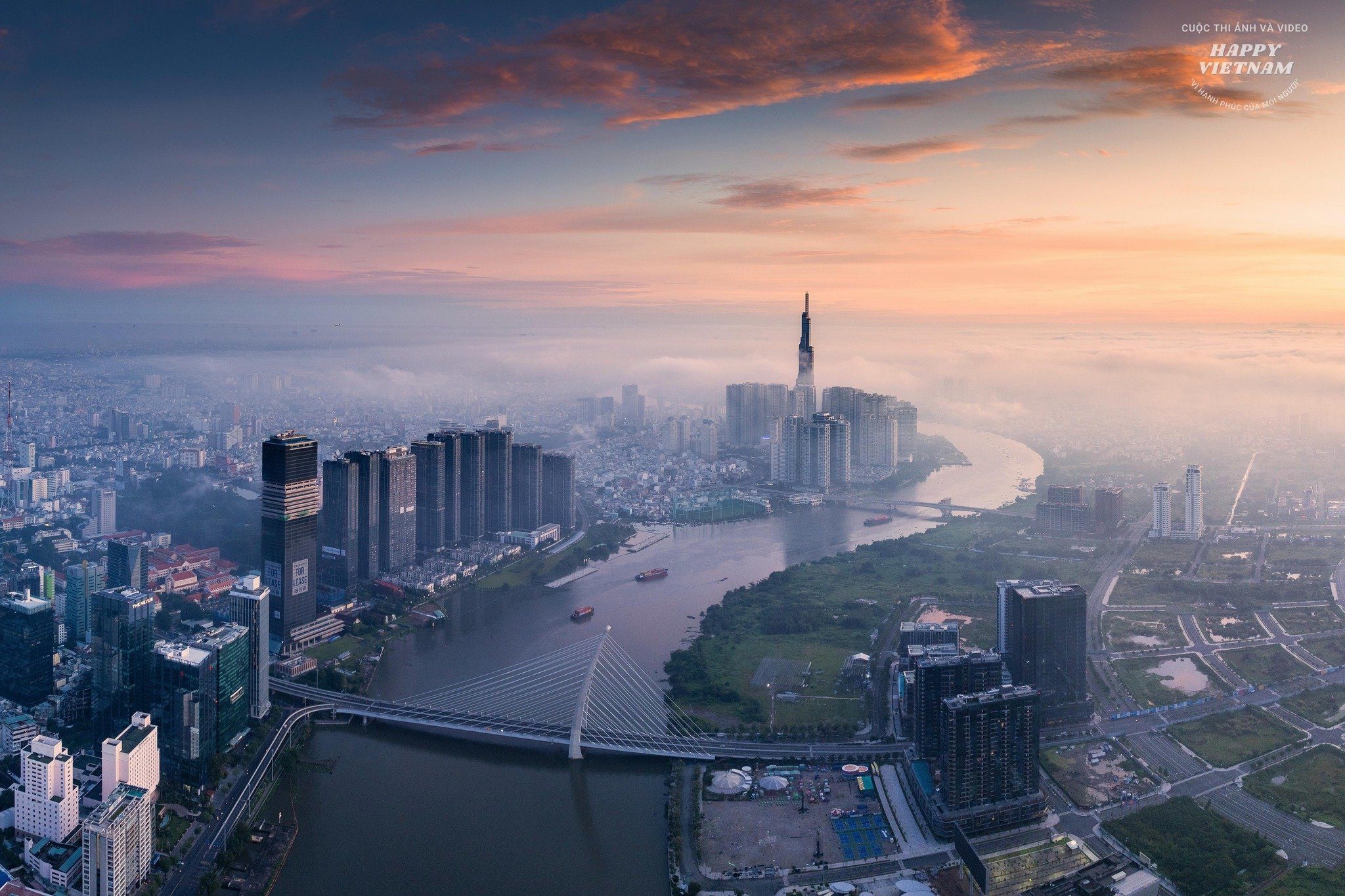

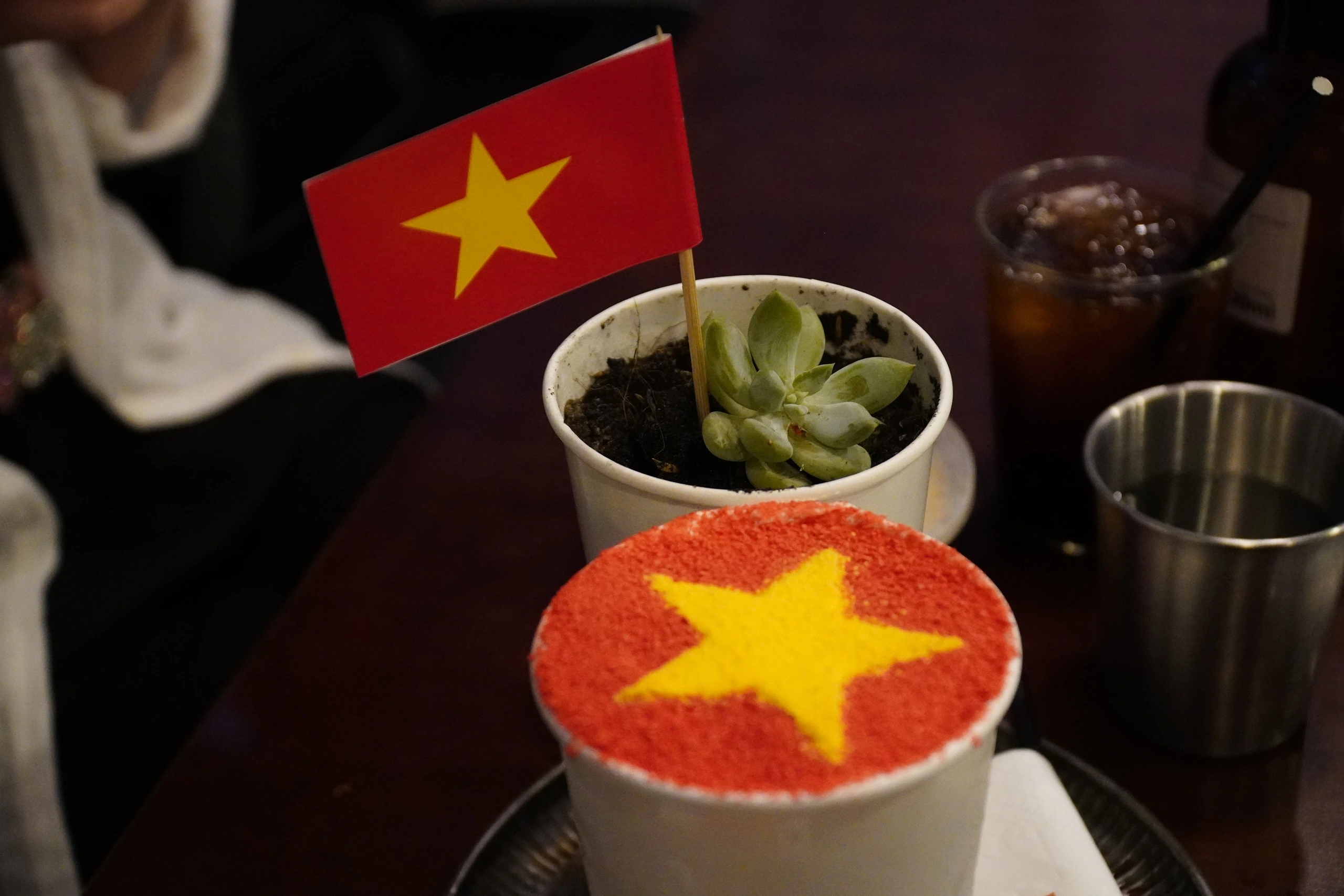
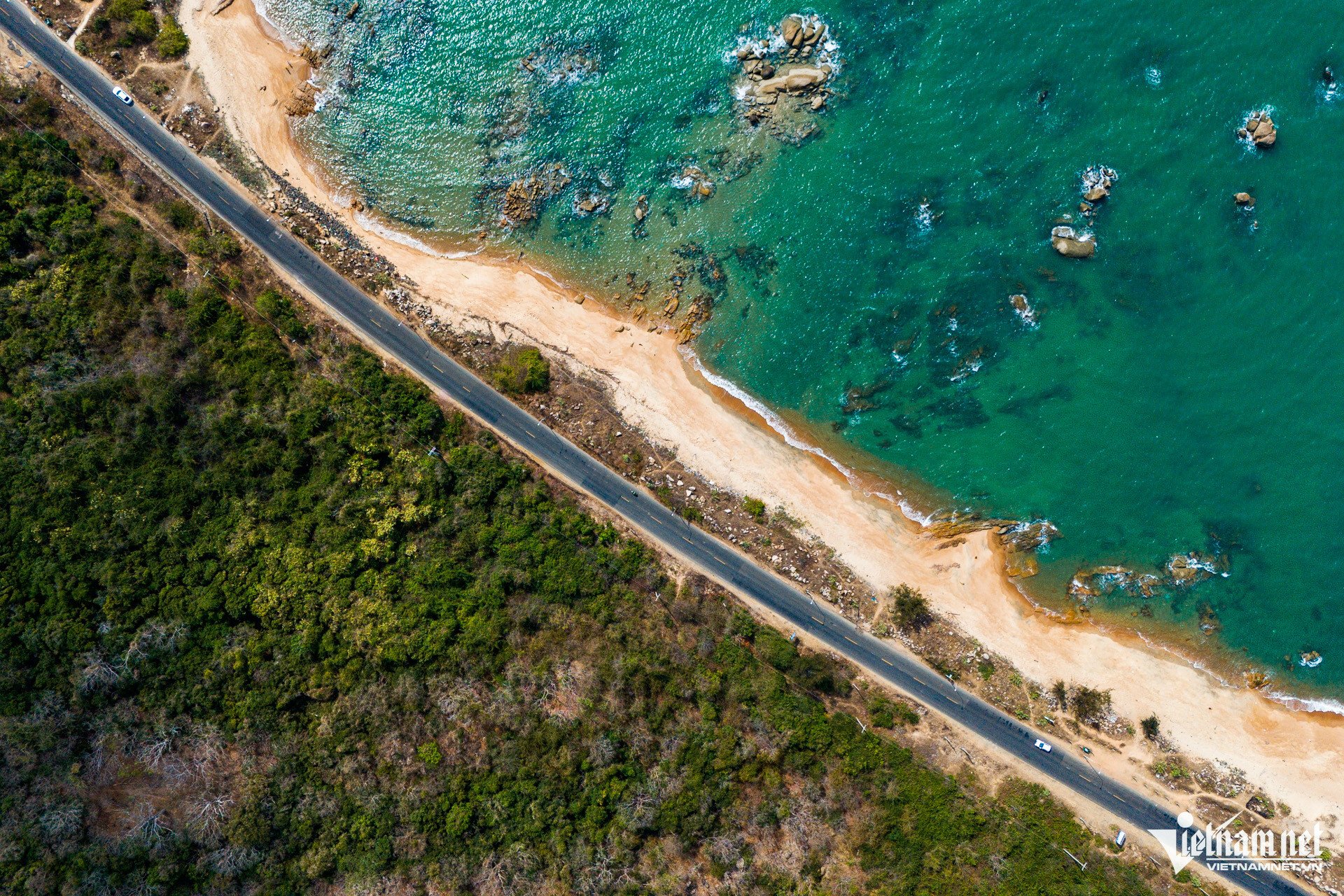
![[Photo] Third meeting of the Organizing Subcommittee serving the 14th National Party Congress](https://vstatic.vietnam.vn/vietnam/resource/IMAGE/2025/4/2/3f342a185e714df58aad8c0fc08e4af2)
![[Photo] Relatives of victims of the earthquake in Myanmar were moved and grateful to the rescue team of the Vietnamese Ministry of National Defense.](https://vstatic.vietnam.vn/vietnam/resource/IMAGE/2025/4/2/aa6a37e9b59543dfb0ddc7f44162a7a7)
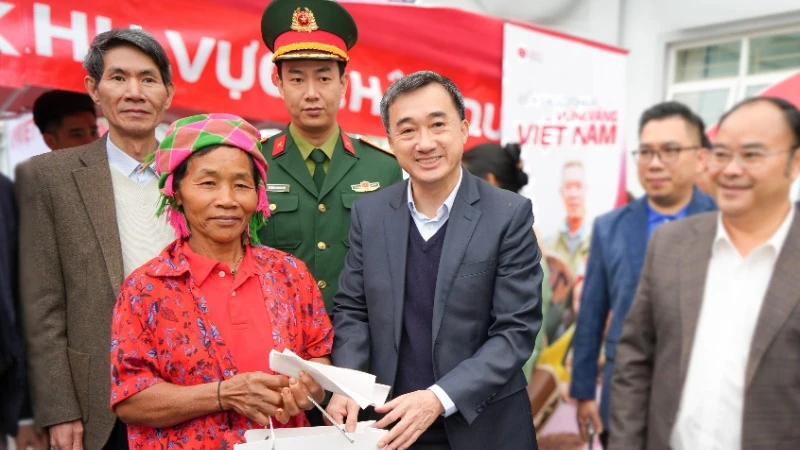

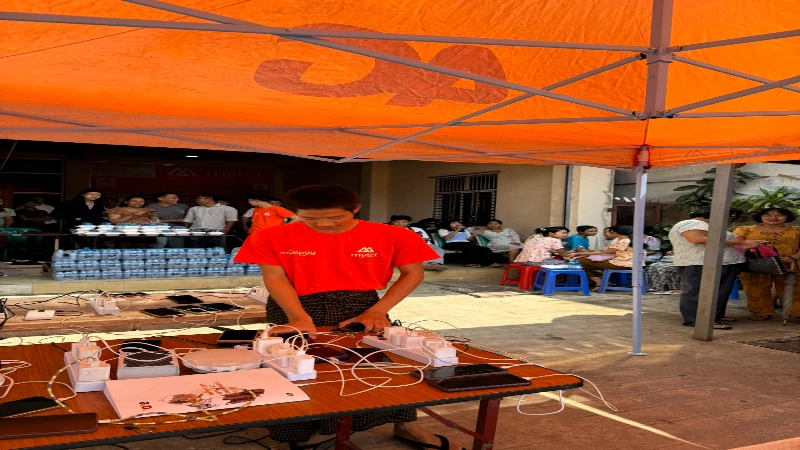
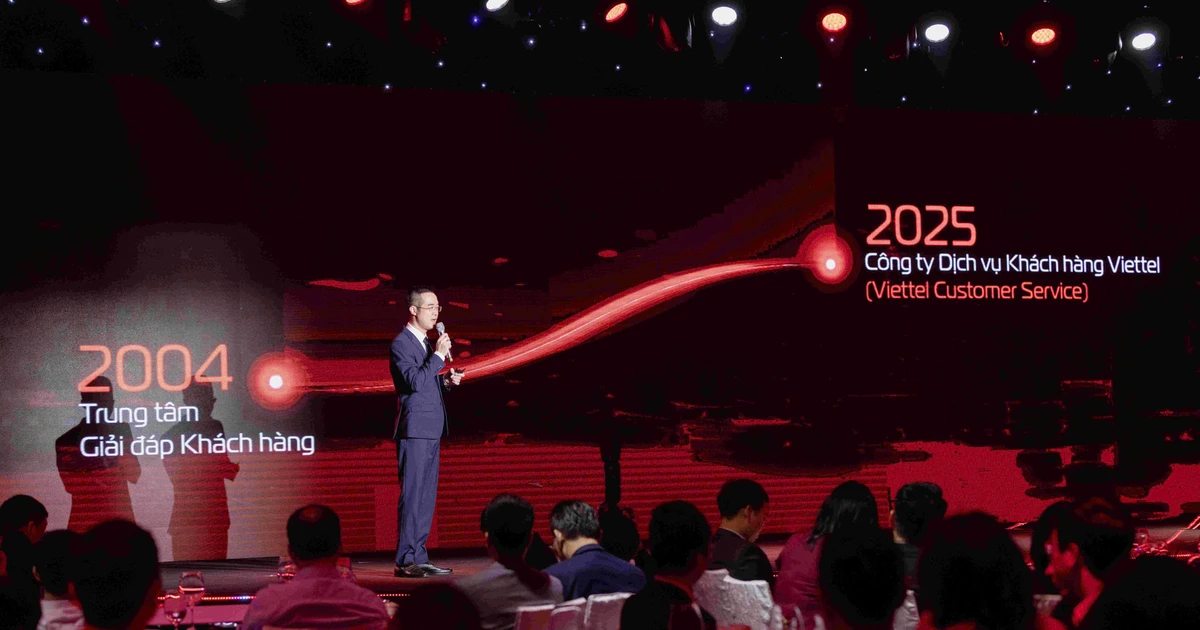
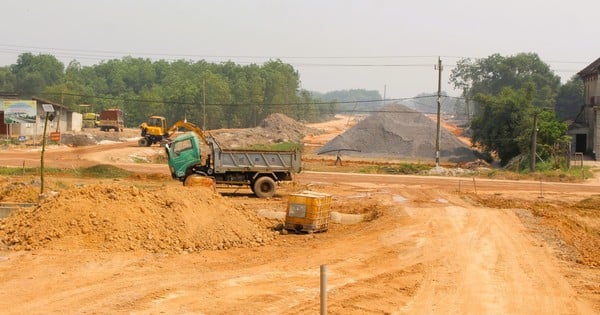




![[Photo] Unique folk culture at Binh Da Festival](https://vstatic.vietnam.vn/vietnam/resource/IMAGE/2025/4/2/b73c9957948d4b00836273633a864a48)


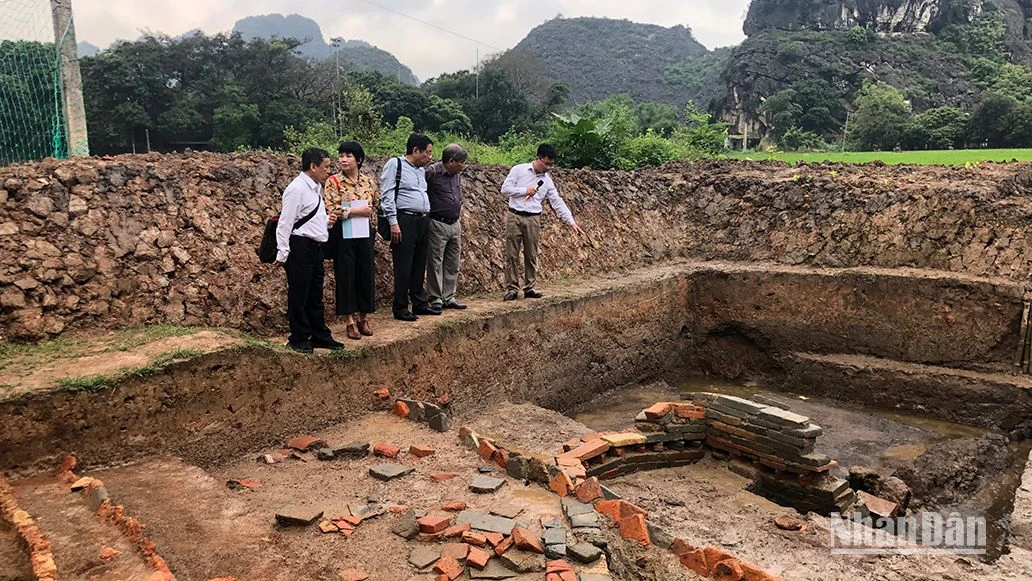

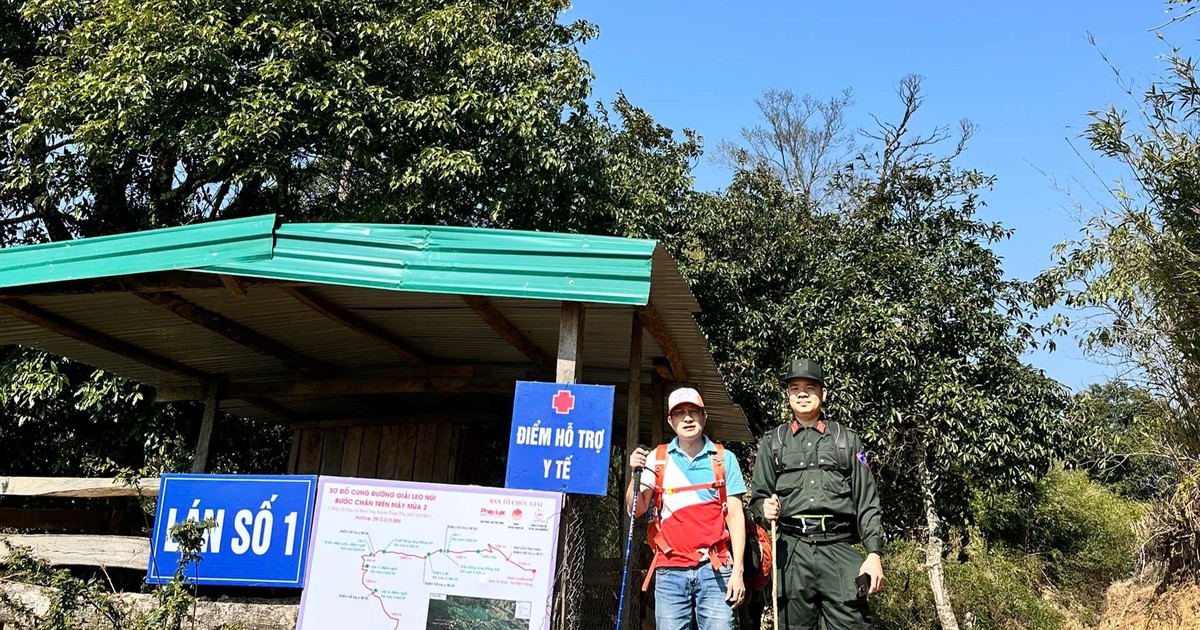




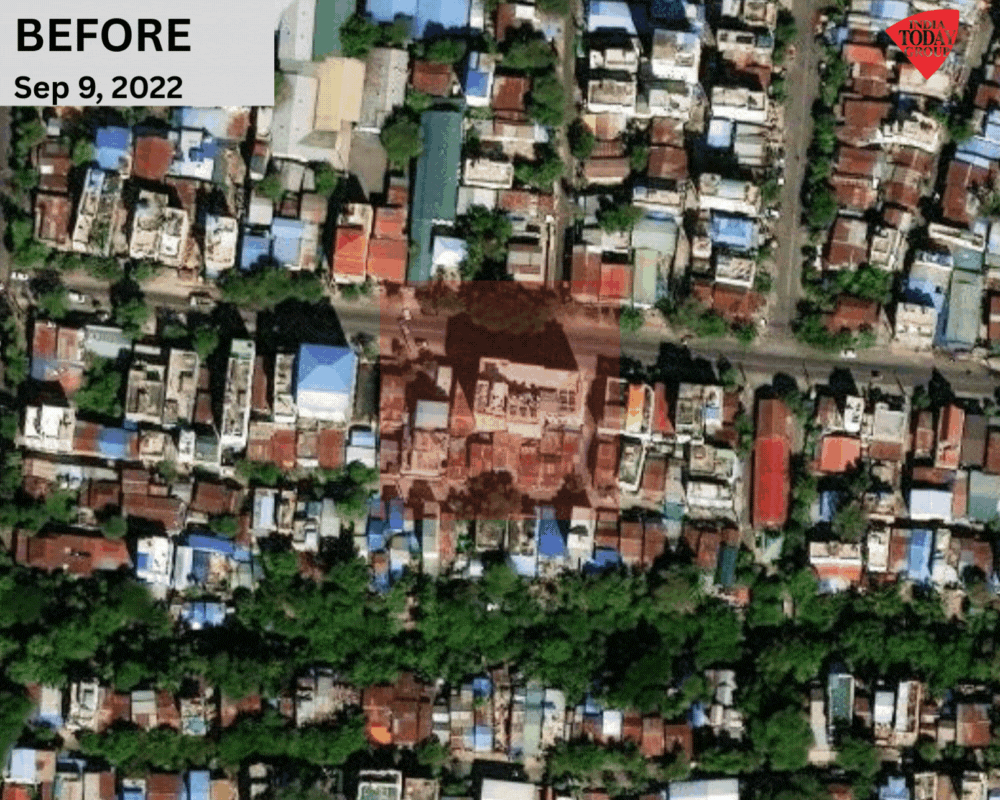
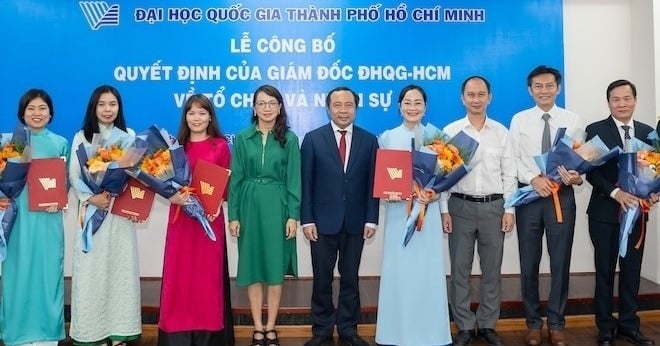
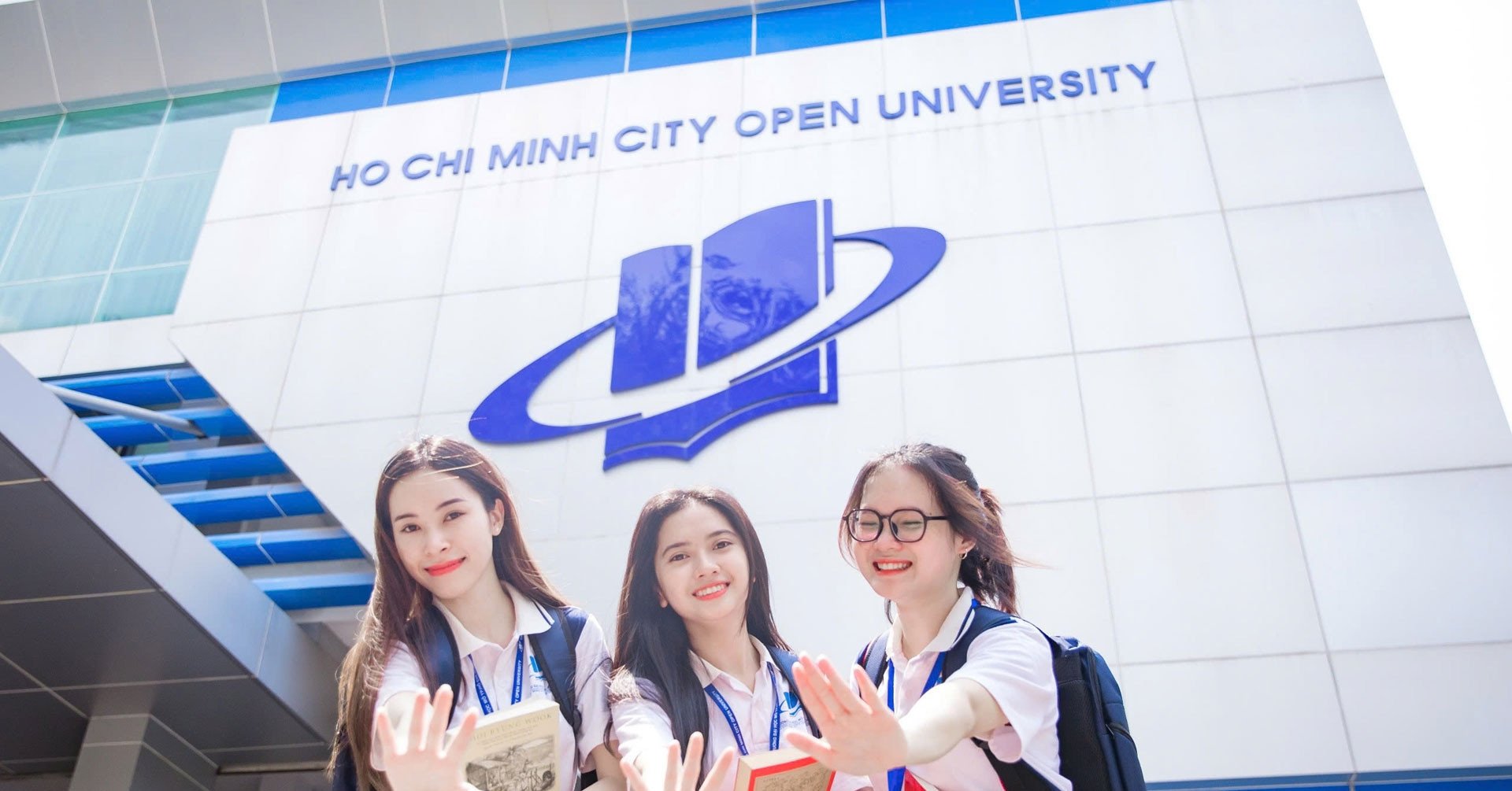












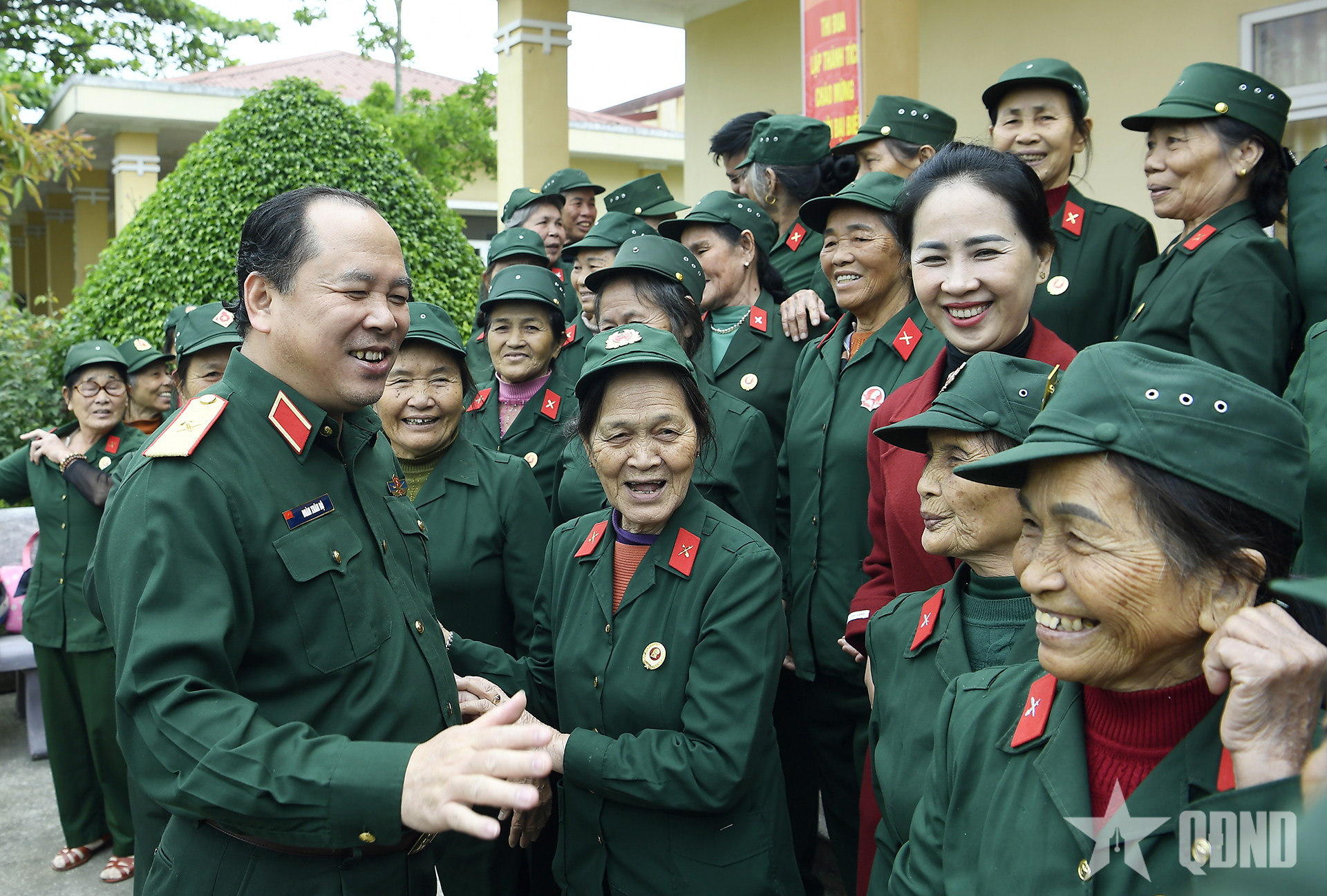

















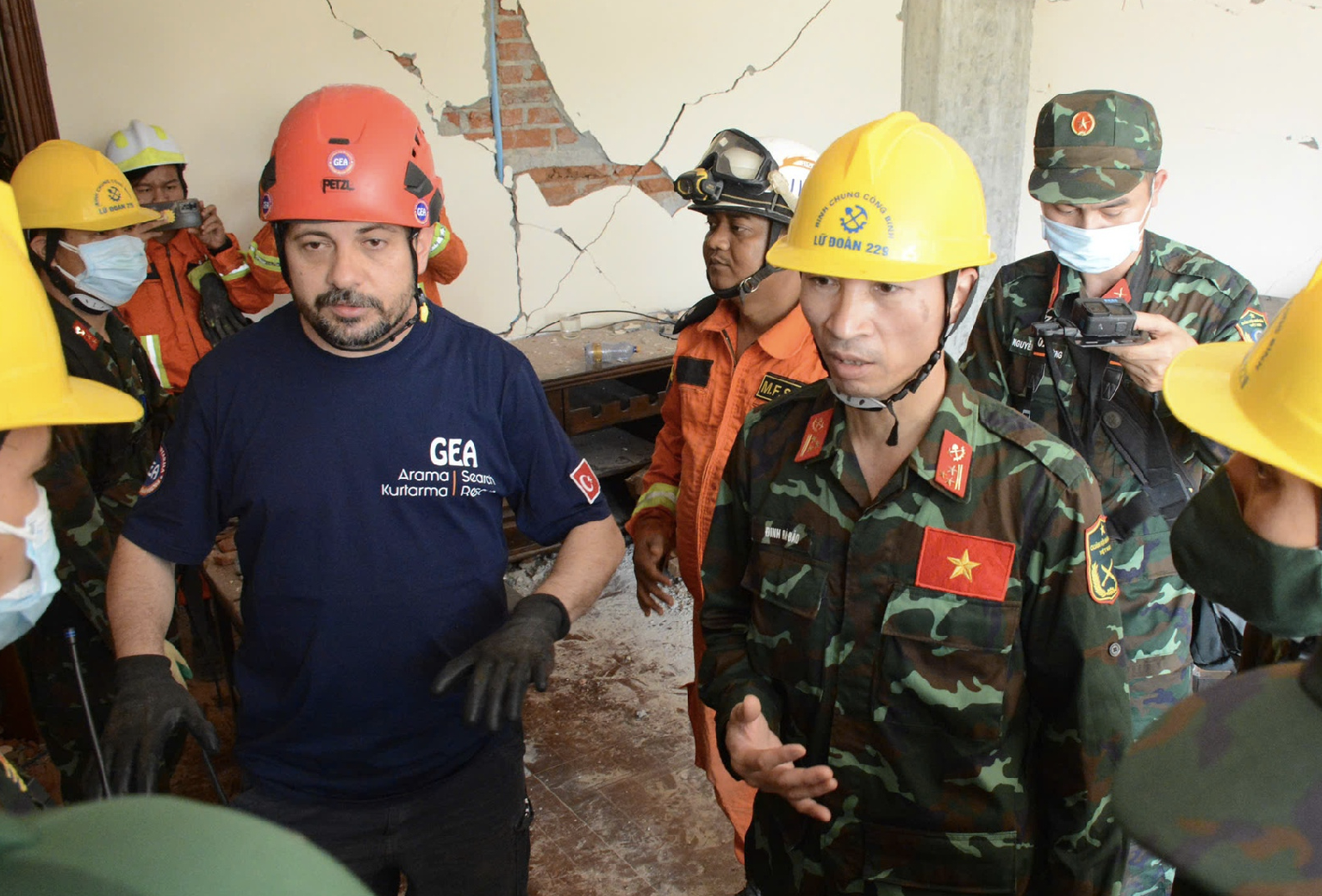



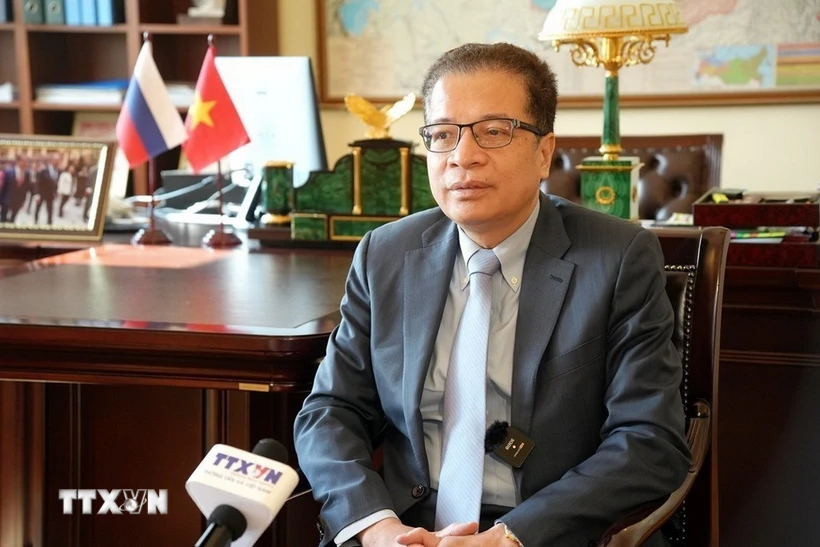
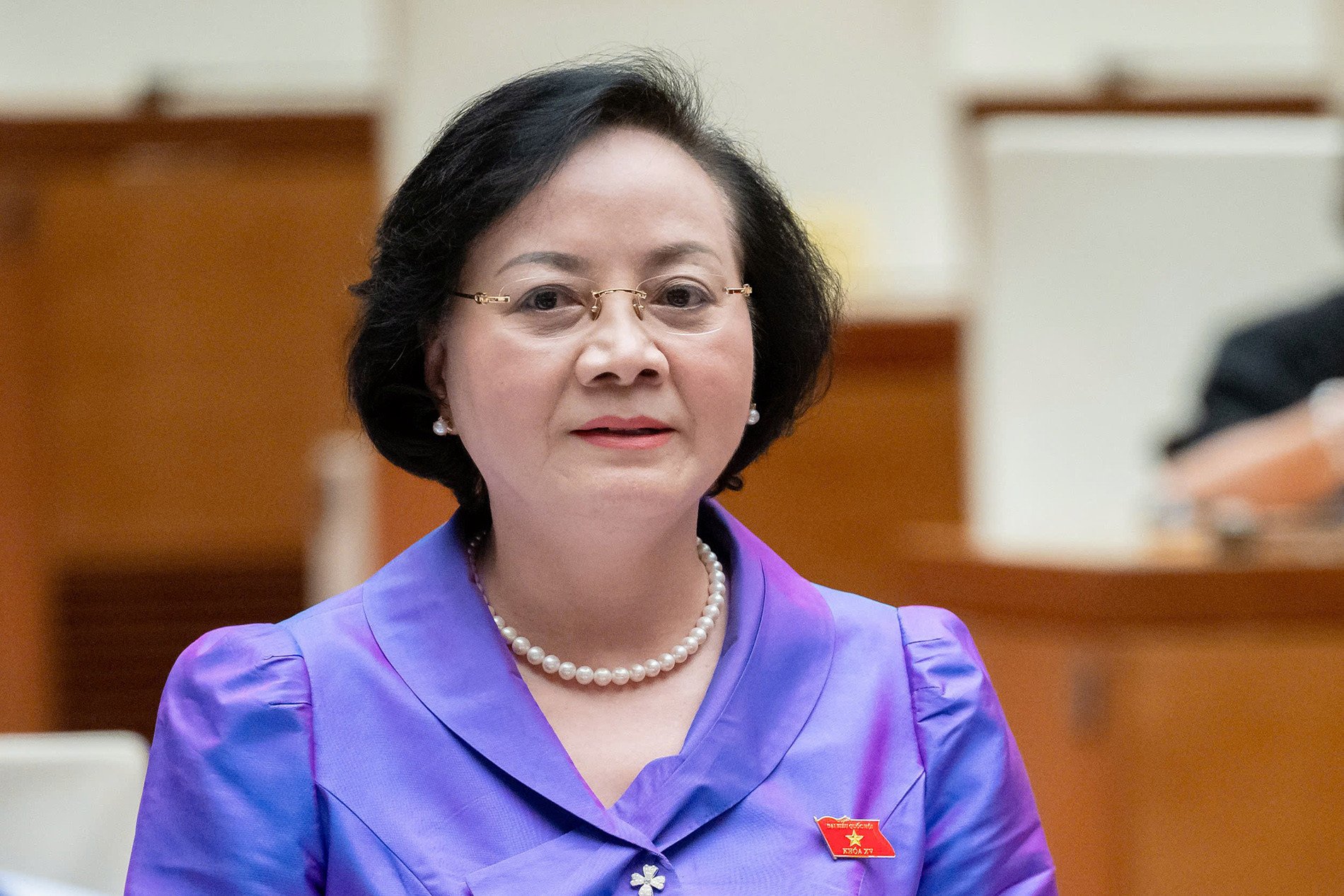
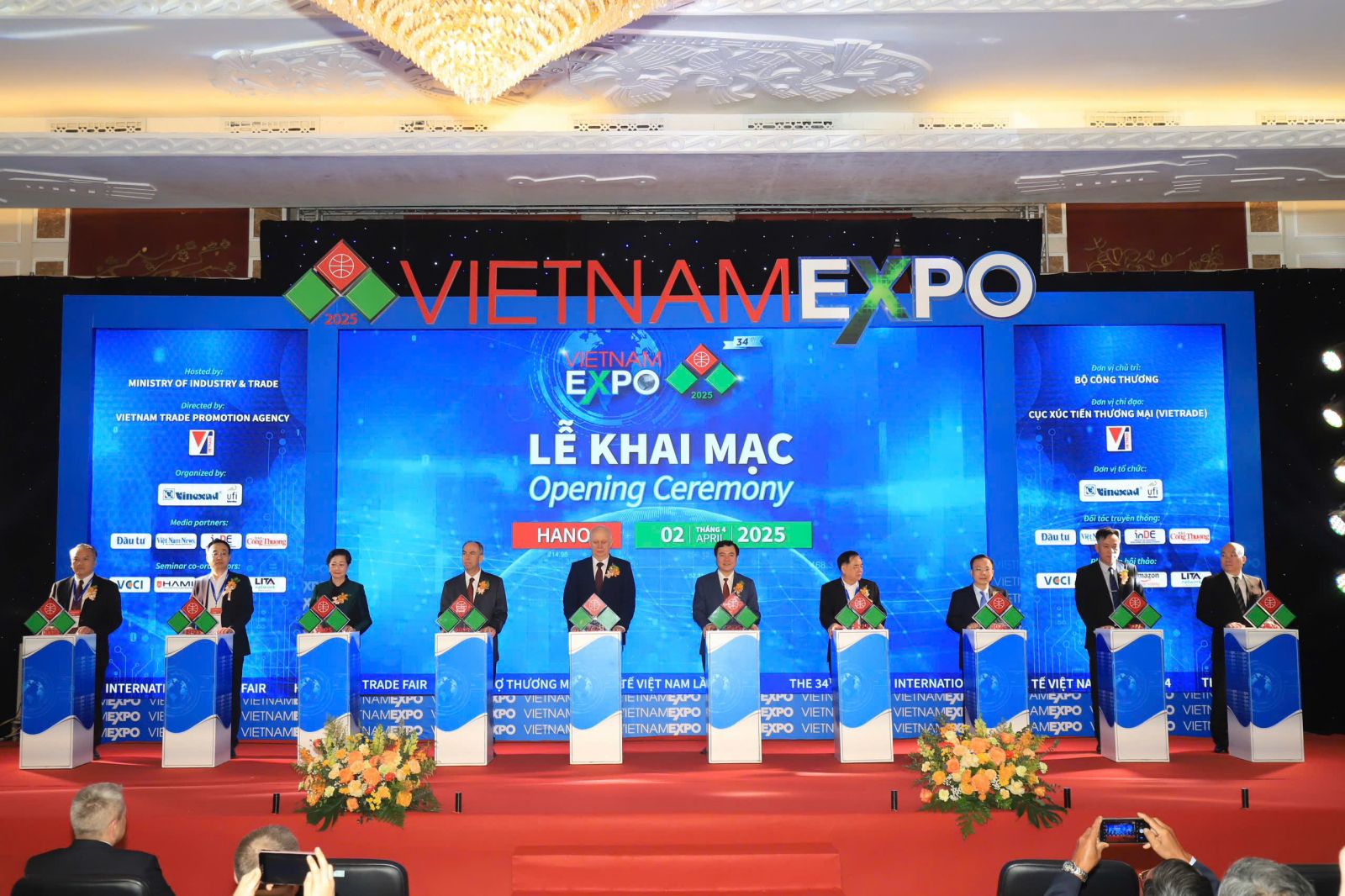

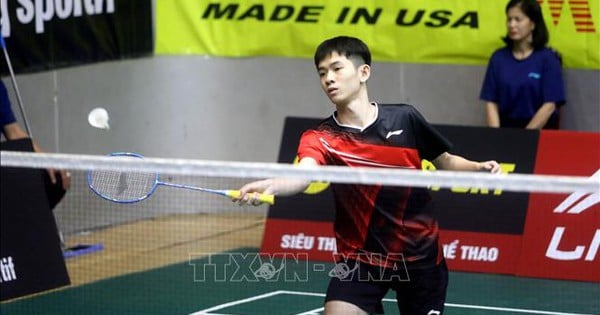


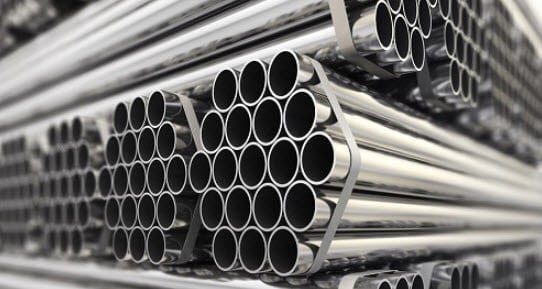

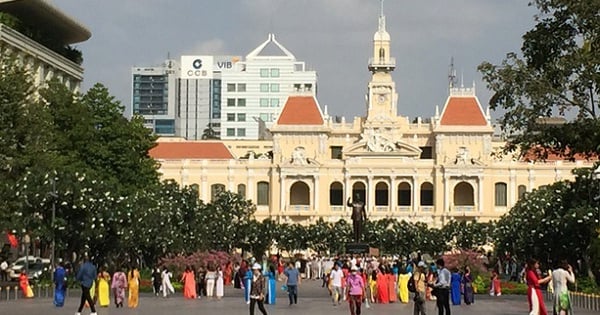
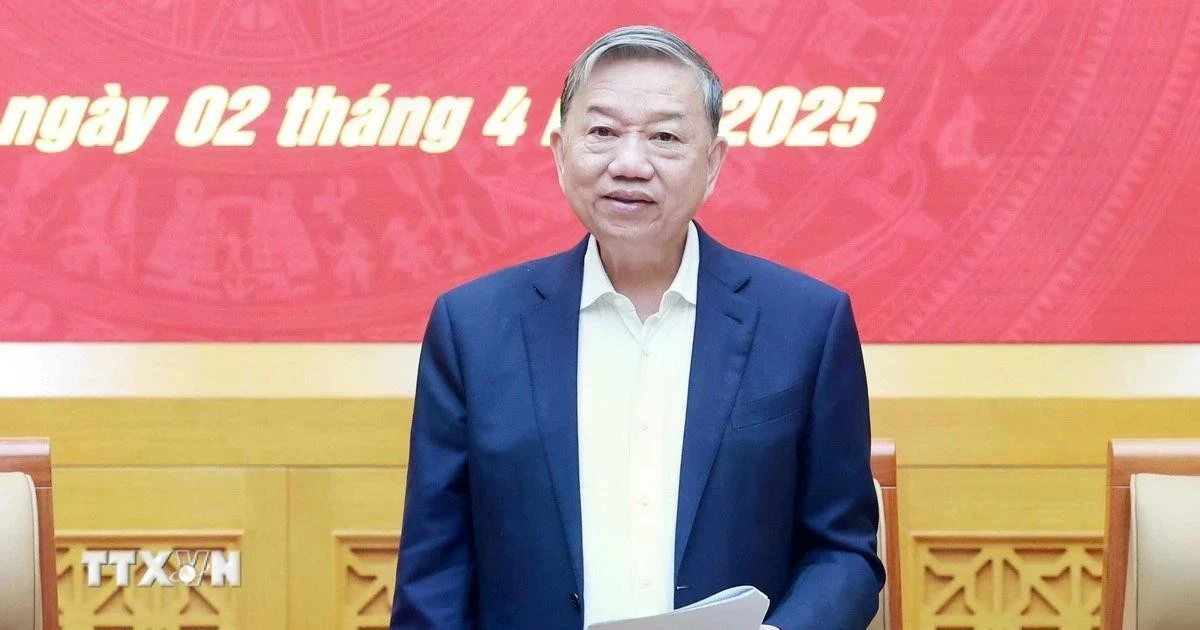

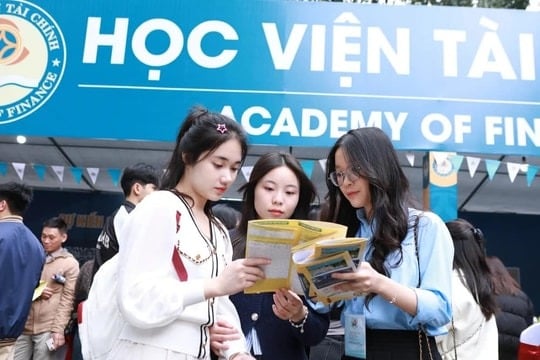

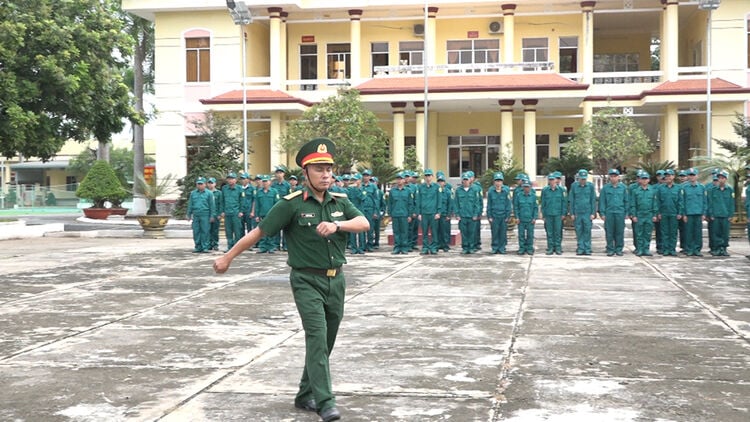

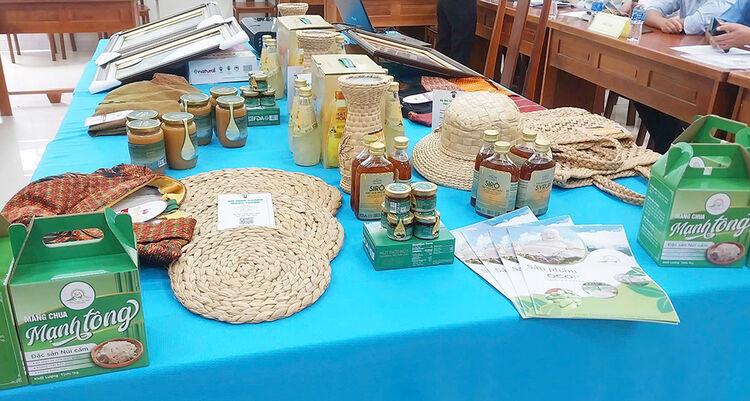


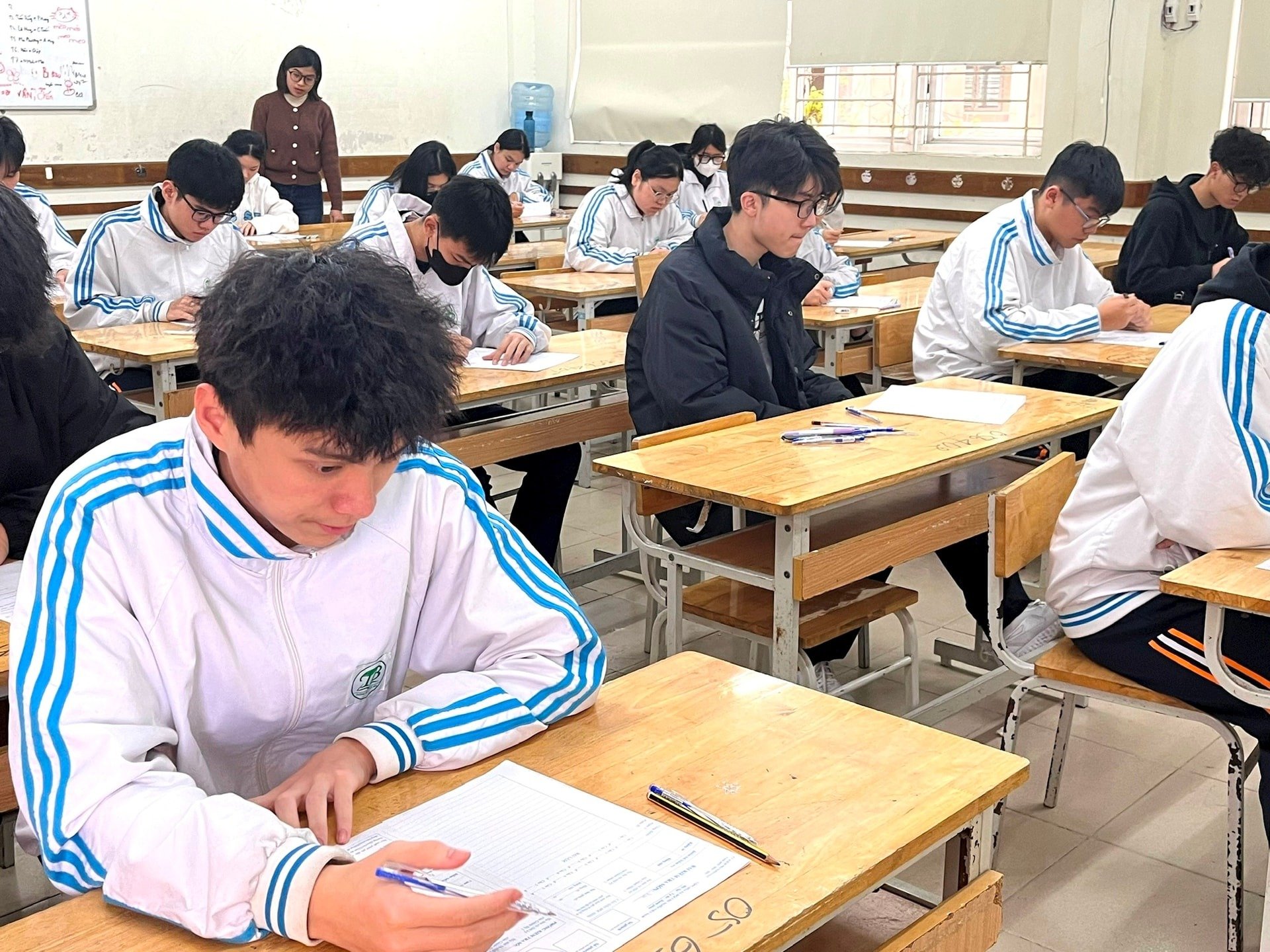












Comment (0)